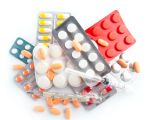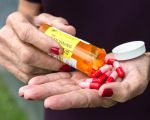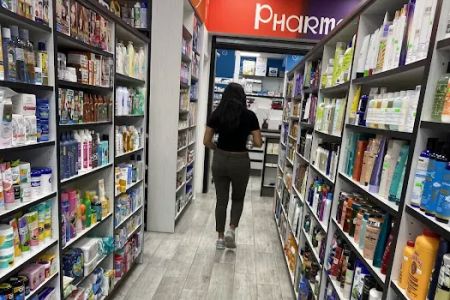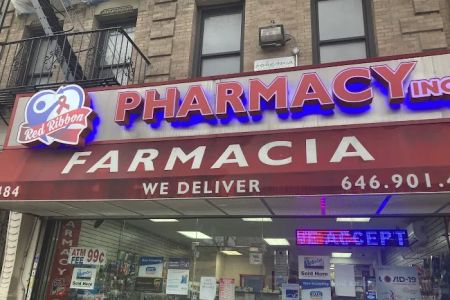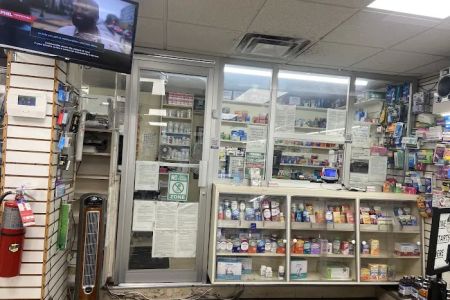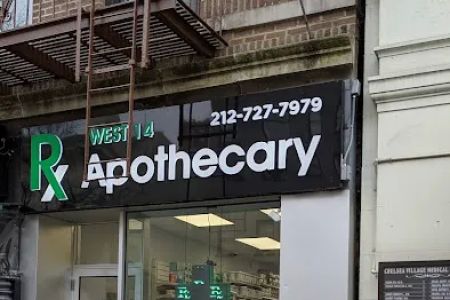
- Understanding-Medication-Recalls
- Criteria-for-High-Risk-Medication-Recalls
- Methods-to-Identify-High-Risk-Recalls
- Real-Cases-Showing-Importance-of-Identification
- Practical-Tips-for-Staying-Informed
1. Understanding Medication Recalls and Their Impact
Medication recalls occur when a pharmaceutical product is found to pose risks to patient safety or does not meet quality standards. These recalls can range from minor packaging issues to serious contamination or dosage errors. Understanding the nature of medication recalls is crucial because some pose higher risks than others, potentially leading to severe health consequences if not addressed promptly.
Not all medication recalls are created equal. High-risk medication recalls typically involve drugs that can cause significant harm if consumed, such as life-threatening side effects, contamination with harmful substances, or incorrect potency. For patients and caregivers, recognizing these high-risk recalls can prevent adverse health outcomes and reduce anxiety.
2. Criteria for Identifying High-Risk Medication Recalls
2.1 Severity of Potential Health Effects
The most critical factor in identifying high-risk medication recalls is the severity of the possible harm caused by the drug. Recalls linked to fatal overdoses, severe allergic reactions, or irreversible damage automatically classify as high risk. For example, recalls involving blood thinners or insulin products usually demand immediate attention due to their narrow therapeutic windows.
2.2 Nature of the Defect or Contamination
Defects such as microbial contamination, presence of toxic substances, or packaging errors that lead to dosing mistakes elevate the risk level. A recall for a pain medication contaminated with a carcinogen would be considered high risk compared to a recall for minor labeling mistakes.
2.3 Patient Population Affected
Medications primarily prescribed to vulnerable groups like children, elderly patients, or those with compromised immune systems require extra vigilance. If a recall affects these populations, it tends to be classified as higher risk due to the increased likelihood of serious complications.
3. Methods to Identify High-Risk Medication Recalls Effectively
3.1 Monitoring Official Drug Safety Alerts
Government agencies such as the FDA and equivalent regulatory bodies worldwide publish detailed safety alerts on medication recalls. These alerts specify the risk level, reasons for recall, and guidance for patients and healthcare providers. Regularly checking these official sources is an essential step in staying informed.
3.2 Using Pharmacy Services for Recall Notifications
Many pharmacies offer recall notification services, alerting customers if any of their prescribed medications are subject to recalls. This proactive communication helps patients react quickly and seek professional advice on next steps. Platforms like Pharmacy provide comprehensive updates and guidance on medication recalls to help consumers navigate these situations confidently.
3.3 Consulting Healthcare Professionals
Pharmacists and doctors are vital resources for identifying and understanding the implications of medication recalls. They can assess personal risk factors and suggest alternatives or necessary precautions. Engaging with pharmacy services not only ensures safe medication use but also supports better health outcomes.
4. Real Cases Highlighting the Critical Role of Identifying High-Risk Recalls
A well-documented case involved a widely used blood pressure medication recalled due to contamination with a probable carcinogen. Early identification by pharmacies and regulatory bodies led to timely patient notifications and alternative prescriptions, preventing widespread harm. Patients who stayed informed avoided dangerous exposure.
Another example relates to a recall of pediatric liquid medications due to dosing inaccuracies. Parents who received recall alerts promptly stopped administering the medication, avoiding potential overdoses or ineffective treatment. These stories demonstrate the lifesaving value of knowing how to identify high-risk medication recalls.
5. Practical Tips for Staying Updated and Safe
5.1 Register for Recall Alerts from Trusted Sources
Sign up for alerts from official agencies and trusted pharmacy platforms. These updates are usually free and provide timely, reliable information directly relevant to your prescriptions.
5.2 Maintain Open Communication with Your Pharmacy
Keep your contact information current and discuss any concerns about medication recalls with your pharmacist. Pharmacy professionals can offer personalized advice and alternatives when recalls occur.
5.3 Educate Yourself on Medication Risks
Understanding your medications’ uses, side effects, and typical risks empowers you to recognize when something might be amiss. Combining this knowledge with recall notifications creates a safety net for your health.
If you want to explore more about medication safety, recall information, or pharmacy services, Pharmacy is an excellent resource to find trusted products, expert advice, and up-to-date information tailored to your needs.





